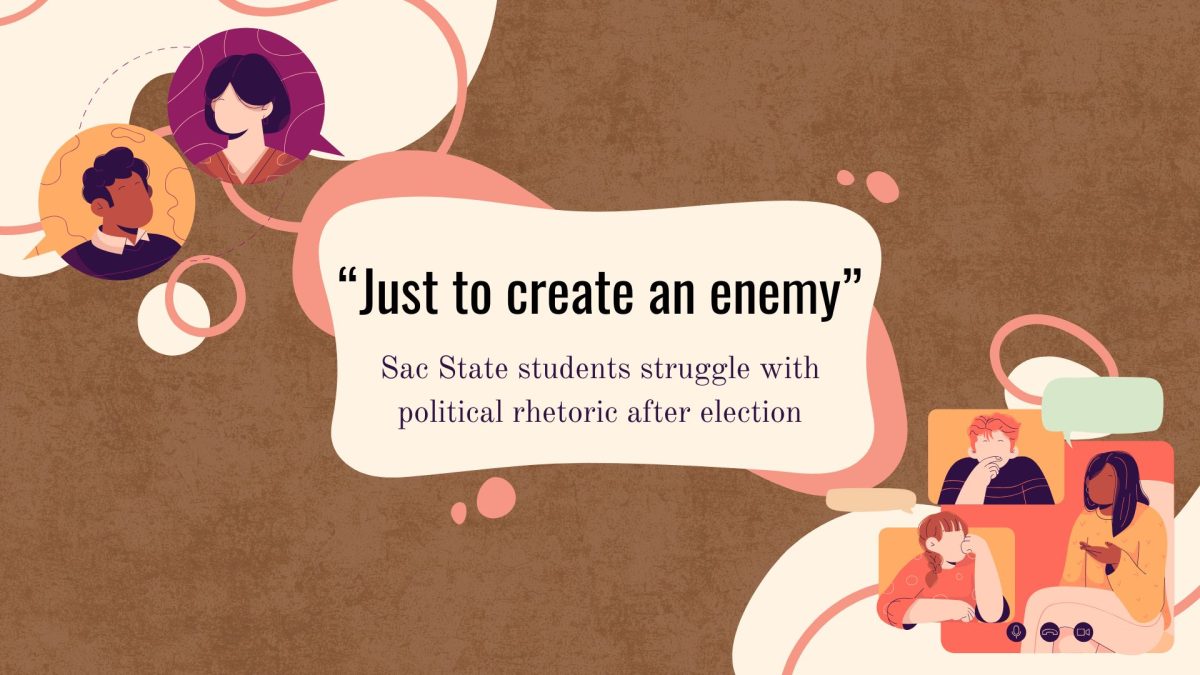Self-expressing tattoos
May 1, 2014
Like lyrics and fashion statements, tattoos as a form of self-expression have historically been considered a lifestyle and more than just a trend.
Neo-traditional tattoos, which are inspirational and illustrative designs of the early Americanized tattoo with a modern impression, are more popular now, said Steve Trevino, a custom tattoo artist at Legacy Tattoo.
The general art of tattooing has been prevalent for a few centuries. Notable tattoo art of the contemporary period include the visionary style of Sailor Jerry — cartoon-like mermaids, ships or anchors — and the work of “Texas” Bobby Wicks during the 1920s, Trevino said.
While tattoos seem to be a growing in popularity and have become addictive for some, this everlasting art form also has a rich cultural history that spreads worldwide.
As practiced in ancient Polynesian societies, tattoos are meant to display a person’s spiritual power. In Samoa tradition, tattoos drawn by hand would specify rank and title. Tattooing ceremonies for young chiefs celebrated their rising leadership role.
The Hawaiian people’s traditional tattoo art, known as ‘kakau,’ was adornment that secured health and spiritual well-being. Men marked their arms, legs, torso and face with elaborate patterns that resembled woven reeds. Women normally had tattoos on the hand, fingers, wrists and often their tongues. Western missionaries soon forbade the tattooing as Christian churches frequently expressed disapproval over time.
It is highly discouraged to hastily get inked by an unfamiliar tattoo artist, Trevino said. Instead, a consultation should be done beforehand. Researching quality artists and developing a relationship with one is the best way to end up with gratifying results.
“[You must] talk to the artist, look at their work and you need to be comfortable with the artist because you have to trust them,” Trevino said.
In most cases, those who have an image in mind pull a design off of Pinterest and expect to achieve the exact replica. A dandelion, infinity symbol or a dream catcher are a few common and “sold-out” designs.
“We like people having little knowledge [when coming in]. We’re not a street shop; we’re a custom shop. We work mainly on appointments and referrals,” Trevino said.
Tattoos are becoming more socially accepted, depending on the setting. Sacramento State students feel tattoos are tolerable on campus, compared to at work or with family members.
“My tattoo is a part of me,” said junior gerontology major Emma DeRock who has an anchor along with a sea turtle on her right foot that indicates the trendy, motivational phrase, “Keep calm and carry on.” Her design also pays respect to her late mother who had a foot tattoo.
Having grown up in Hawaii, sea turtles represent a mythological symbol of spiritual protection for DeRock. She plans to have a compass inked on her left foot later this year.
After visiting Thailand and converting to Buddhism, freshman mechanical engineering major Anderson Tate added a tattoo that embraces a sense of protection. Among his several markings, Tate also has a blind devil inked on his back signifying the “ignorance of man.”
Marissa Grijalva, junior child development major, is proud of her three tattoos, despite her family’s disapproval. Along her upper chest is a Spanish saying, “Si te hace feliz”, meaning “If it makes you happy.”
“It’s still a little sad we have to cover up sometimes,” Grijalva said.
She said she intends to have more tattoo work done in the near future.
A tattoo should be premeditated and meaningful, and not only done for the sake of being able to display one and follow a long-time trend.
“You should get one that will make you extremely happy for the rest of your life,” Trevino said.
Elizabeth DeCicco can be reached at [email protected]
Alex Hernandez can be reached at [email protected]




























































































































